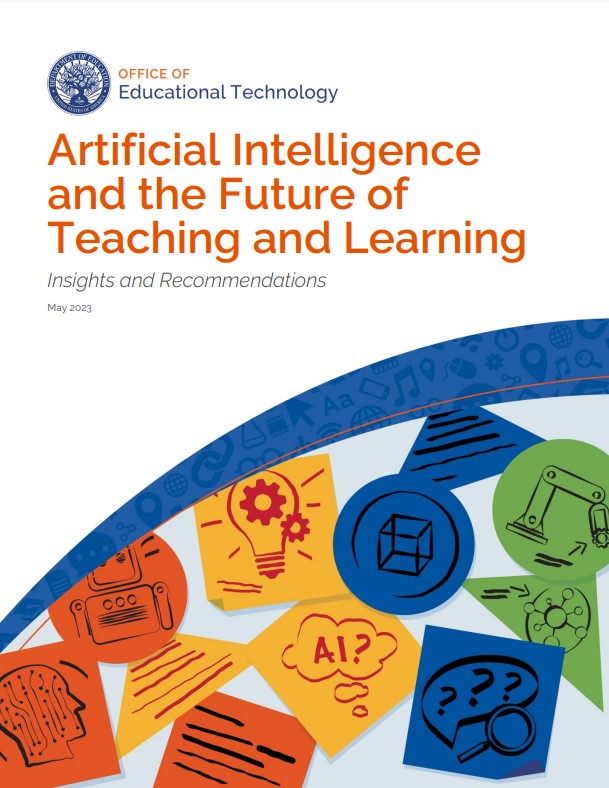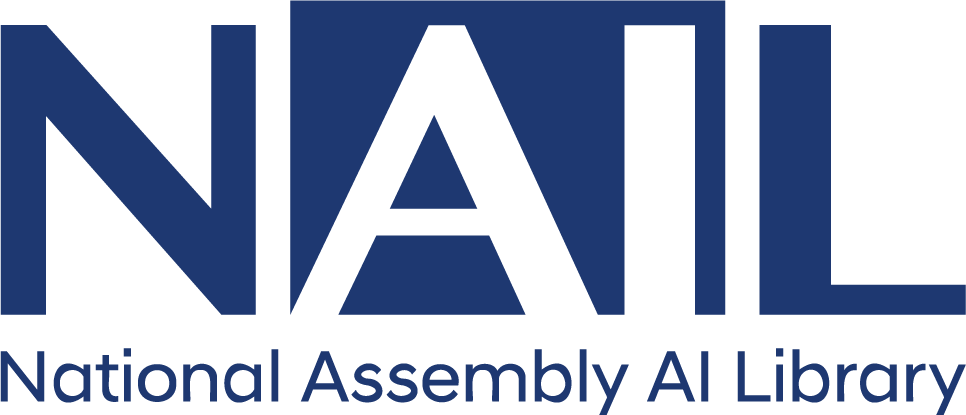
목차
Introduction 1
Rising Interest in AI in Education 1
Three Reasons to Address AI in Education Now 2
Toward Policies for AI in Education 3
Building Ethical, Equitable Policies Together 6
Guiding Questions 6
Foundation 1: Center People (Parents, Educators, and Students) 6
Foundation 2: Advance Equity 7
Foundation 3: Ensure Safety, Ethics, and Effectiveness 8
Foundation 4: Promote Transparency 9
Overview of Document 10
What is AI? 11
Perspective: Human-Like Reasoning 12
Perspective: An Algorithm that Pursues a Goal 12
Perspective: Intelligence Augmentation 14
Definition of “Model” 14
Insight: AI Systems Enable New Forms of Interaction 15
Key Recommendation: Human in the Loop AI 16
Learning 18
Insight: AI Enables Adaptivity in Learning 18
Intelligent Tutoring Systems: An Example of AI Models 19
Important Directions for Expanding AI-Based Adaptivity 20
A Duality: Learning With and About AI 22
A Challenge: Systems Thinking About AI in Education 22
Open Questions About AI for Learning 23
Key Recommendation: Seek AI Models Aligned to a Vision for Learning 24
Teaching 25
Always Center Educators in Instructional Loops 25
Insight: Using AI to Improve Teaching Jobs 26
Preparing and Supporting Teachers in Planning and Reflecting 29
Designing, Selecting, and Evaluating AI Tools 30
Challenge: Balancing Human and Computer Decision-Making 30
Challenge: Making Teaching Jobs Easier While Avoiding Surveillance 31
Challenge: Responding to Students’ Strengths While Protecting Their Privacy 32
Questions Worth Asking About AI for Teaching 34
Key Recommendation: Inspectable, Explainable, Overridable AI 34
Formative Assessment 37
Building on Best Practices 37
Implications for Teaching and Learning 38
Insight: AI Can Enhance Feedback Loops 39
An Example: Automated Essay Scoring 40
Key Opportunities for AI in Formative Assessment 41
Key Recommendation: Harness Assessment Expertise to Reduce Bias 42
Related Question s43
Research and Development 44
Insight: Research Can Strengthen the Role of Context in AI 44
Attention to the Long Tail of Learner Variability 46
Partnership in Design-Based Research 47
Re-thinking Teacher Professional Development 48
Connecting with Public Policy 49
Key Recommendation: Focus R&D on Addressing Context 50
Ongoing Questions for Researchers 50
Desired National R&D Objectives 51
Recommendations 52
Insight: Aligning AI to Policy Objectives 52
Calling Education Leaders to Action 53
Recommendation #1: Emphasize Humans in the Loop 53
Recommendation #2: Align AI Models to a Shared Vision for Education 54
Recommendation #3: Design Using Modern Learning Principles 56
Recommendation #4: Prioritize Strengthening Trust 57
Recommendation #5: Inform and Involve Educators 57
Recommendation #6: Focus R&D on Addressing Context and Enhancing Trust and Safety 59
Recommendation #7: Develop Education-Specific Guidelines and Guardrails 60
Next Steps 60
Common Acronyms and Abbreviations 62
Acknowledgements 63
References 64



